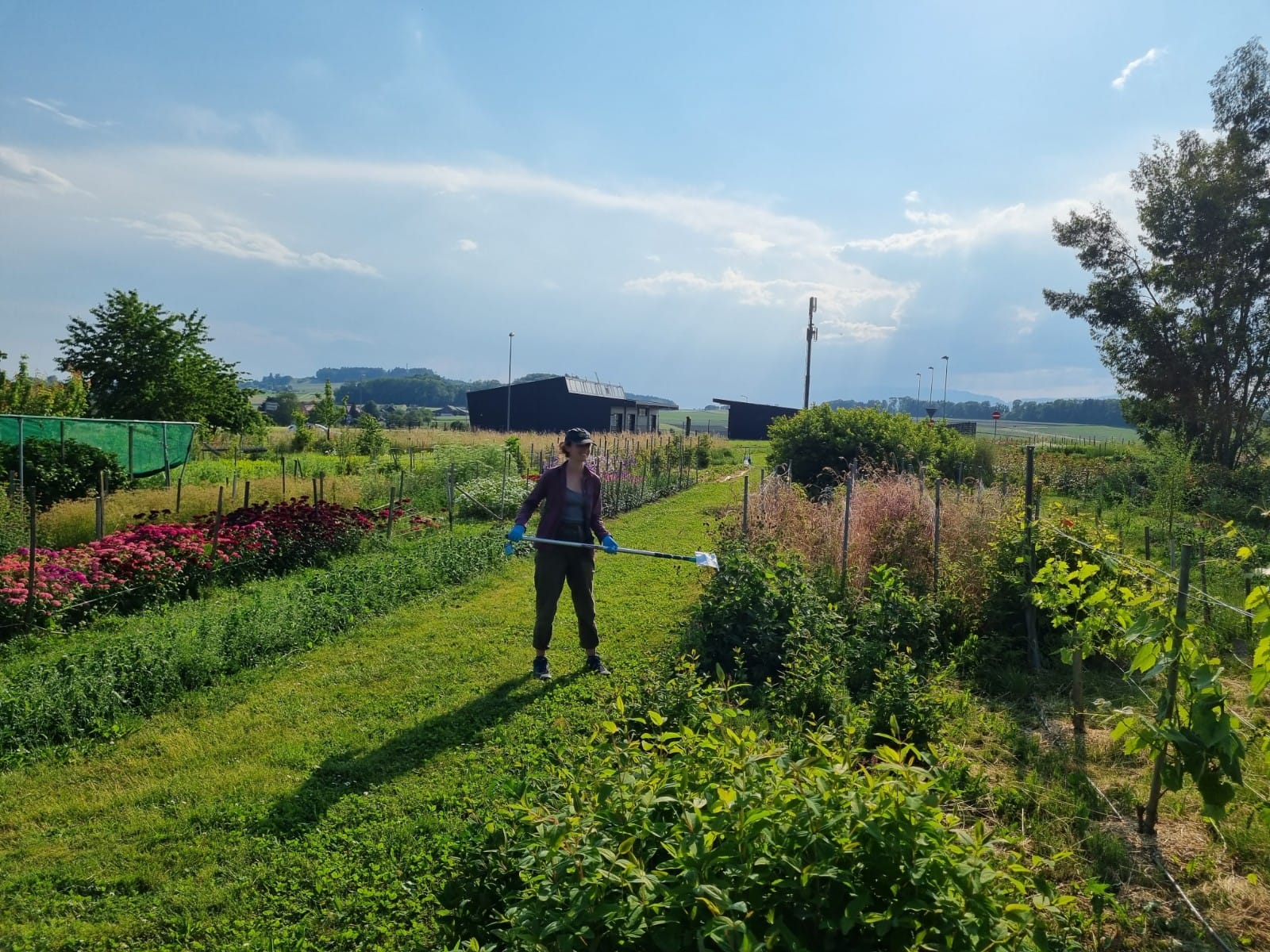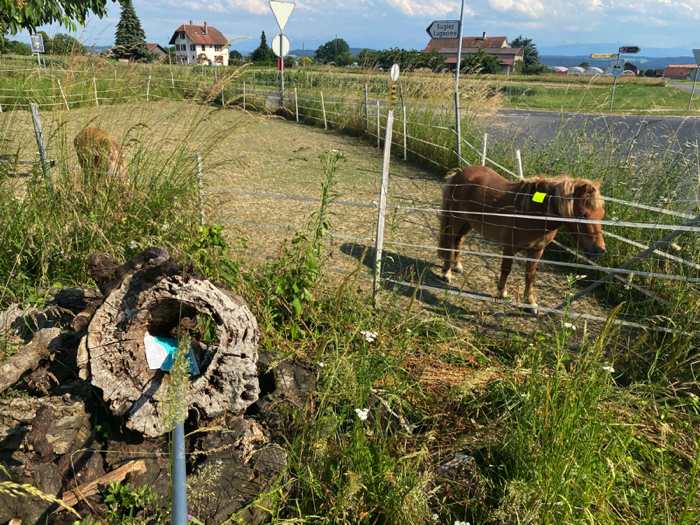Agrometric
In the face of the global biodiversity crisis, Swiss farmers have been offered various incentives by the Swiss government to encourage agricultural methods that foster biodiversity on the farm scale. While these monetary incentives may encourage some farmers to retain some areas of their land to be used as pollinator meadows or biodiversity sites, to plant hedgerows, or to reduce the use of insecticides on crops, many farmers may be concerned about the impact to their profits if such changes are made.
In collaboration with AXA Climate, we hope to provide a simple, quick, and cost-effective, way to quantify biodiversity at the farm scale so that farmers may be further encouraged to make these changes by offering protection through agricultural insurance in the face of any potential loss to profits.
To tackle this challenge, we are applying already-established environmental DNA (eDNA) sampling techniques that have been widely used in natural systems within our group to a new setting: the Swiss farm. We hope to quantify biodiversity at the farm scale using a handful of different sampling techniques including eDNA swab sampling, soil sampling, water sampling, as well as manure sampling (when applicable).
These different sampling techniques will capture different aspects of biodiversity on the farm and should provide a clear picture about the biodiversity that the farmer has worked hard to foster. For swab sampling, transects are walked along the edge of crop fields and through meadows, biodiversity sites, and specialty crops on the farm while holding a sterile DNA swab on the end of an extendable pole (in order to reach the interior of crop fields without disturbing the crops). This swab is then stored in a buffer solution until the eDNA collected on the swab can be extracted and analyzed. With this sampling technique, we hope to capture the insect biodiversity on the farm, which can be greatly impacted by the decisions farmers make in regards to insecticide use or planting of pollinator-friendly sites on the farm. Using soil sampling, which involves taking repeated 10 cm deep soil samples across the different field types on the farm, we hope to capture and quantify earthworm eDNA on the farm. We expect that farms with healthy soils will likewise have robust earthworm diversity, which can be captured within the soil samples. On farms where there are aquatic ecosystems present, we can collect eDNA samples using water pumps developed by members of the group to sample for vertebrate eDNA present on the farm. Finally, when available, sampling for eDNA in manure from livestock on the farm might serve as an easy and cost-effective way of capturing the floral biodiversity on the farm. Currently, floral diversity is typically quantified by experts conducting manual surveys of meadows, which can prove time-consuming and may not capture the complete floral diversity of the farm.
Through this project, we hope to support farmers as best as possible so that the great efforts they are making to create more biodiverse landscapes are recognized, quantified, and supported.


